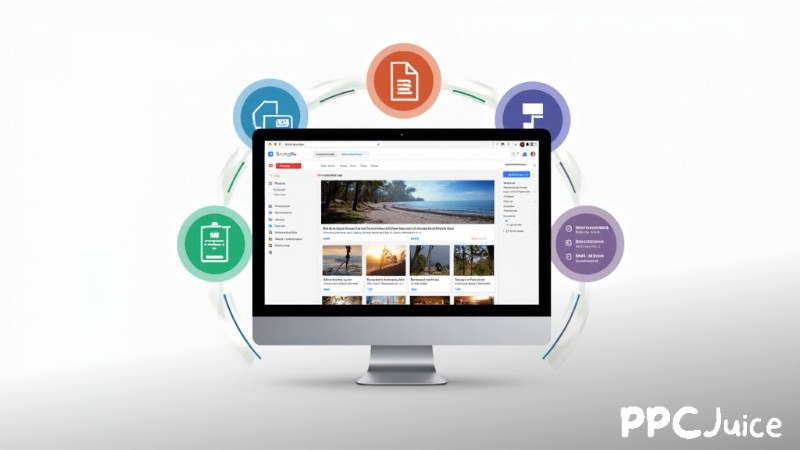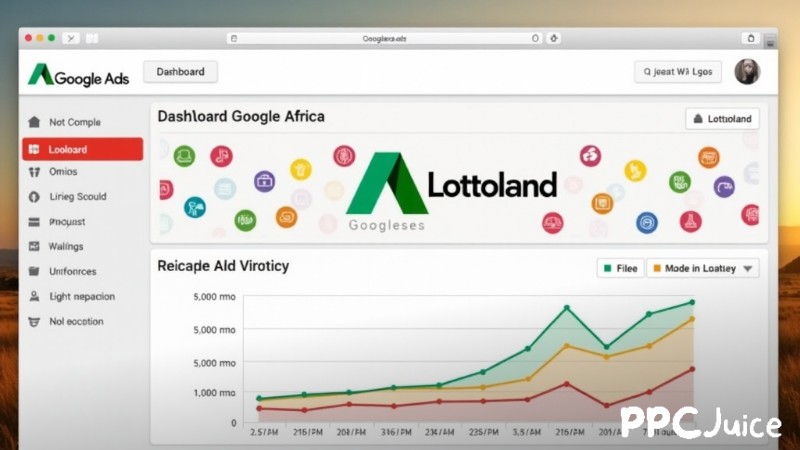
Effectively setting and scaling pay-per-click (PPC) budgets is a critical skill for marketers aiming to maximise return on investment while navigating the intricacies of advertising platforms like Google Ads. While many advertisers focus primarily on marketing goals, overlooking the mechanics of ad platforms can lead to missed opportunities and suboptimal performance. Below, we explore four key strategies for managing and scaling PPC budgets effectively.
Key Takeaways
Effectively managing pay-per-click (PPC) budgets is crucial for advertisers seeking to maximise return on investment while navigating advertising platforms like Google Ads.
- Advertisers must establish a budget baseline by understanding the mechanics of their chosen platform, including daily budget averages and bid floors/caps.
- Initial budgets should be determined based on whether the account is new or established, with new accounts requiring higher initial investment due to a lack of historical data.
- Scaling campaigns strategically involves incremental scaling—adding 5-10% to the budget every two weeks—to maintain stability while allowing the campaign to adapt and optimise.
Establishing a budget baseline
To optimise PPC budgets, advertisers must first understand the mechanics of their chosen platforms. For instance, Google Ads averages daily budgets over a 34-day cycle, meaning advertisers must account for fluctuations in daily spend. For example, a monthly budget of £2,066.50 translates to an approximate daily budget of £68.00, but actual daily costs can vary due to bid floors and caps.
Bid floors set a minimum spend required to remain competitive, while bid caps limit maximum costs. These mechanisms help control expenses but demand careful monitoring. Balancing these factors with marketing objectives allows for a stable budget foundation that supports long-term performance.
Crafting initial budgets
When determining initial budgets, consider two factors: whether the account is new or established and whether the campaign is a core initiative or a test.
New accounts or campaigns typically require higher initial investment due to a lack of historical data, such as Quality Scores or conversion metrics. To address this, marketers can allocate a 20% buffer during the early stages, creating a safety net for testing and data collection. This cushion ensures the campaign gathers sufficient performance insights without compromising cost-efficiency.
For established accounts, marketers can draw on existing data to create more precise budgets. Core campaigns with proven results deserve higher initial investments, whilst test campaigns benefit from conservative budgets that reduce financial risk.
Scaling campaigns strategically
Scaling campaigns without destabilising performance is a delicate process. Abrupt budget increases often lead to overspending and can disrupt the balance of bid strategies. A more effective approach involves incremental scaling—adding 5-10% to the budget every two weeks. This gradual increase maintains stability whilst allowing the campaign to adapt and optimise.
When employing smart bidding strategies, patience is essential. During the learning phase, cost-per-click (CPC) and conversion rates can fluctuate, so marketers should monitor these metrics closely. Expanding campaigns into new markets or incorporating initiatives like Performance Max for video targeting can also support scaling efforts. These strategies provide access to broader audiences while maintaining campaign efficiency.
Preserving lower-priority campaigns
In the pursuit of high-performing campaigns, marketers must ensure that lower-priority initiatives are not abandoned without proper precautions. Suspending these campaigns can result in data loss, ultimately weakening their performance potential. To mitigate this, set non-spending budgets or adjust bidding settings to pause activity without erasing valuable insights.
Seasonal businesses, in particular, can leverage platform tools to optimise budget management. For instance, seasonality adjustments allow advertisers to predict shifts in demand and align budgets accordingly. This strategy ensures resources are allocated efficiently, even when certain campaigns are temporarily deprioritised.
By preserving historical data and performance metrics, advertisers maintain the flexibility to revive lower-priority campaigns as opportunities arise, ensuring sustained value across their portfolio.
A balancing act for success
Managing PPC budgets is both an art and a science, requiring marketers to balance ambitious business goals with the realities of ad platform mechanics. By establishing a robust baseline, crafting thoughtful initial investments, scaling campaigns incrementally, and preserving lower-priority initiatives, advertisers can optimize performance while minimizing risks.
Success in PPC advertising hinges on an ongoing commitment to monitoring and adapting strategies. By mastering the trade-offs between cost control and competitiveness, marketers can unlock the full potential of their ad campaigns, driving growth and achieving their objectives with confidence.

